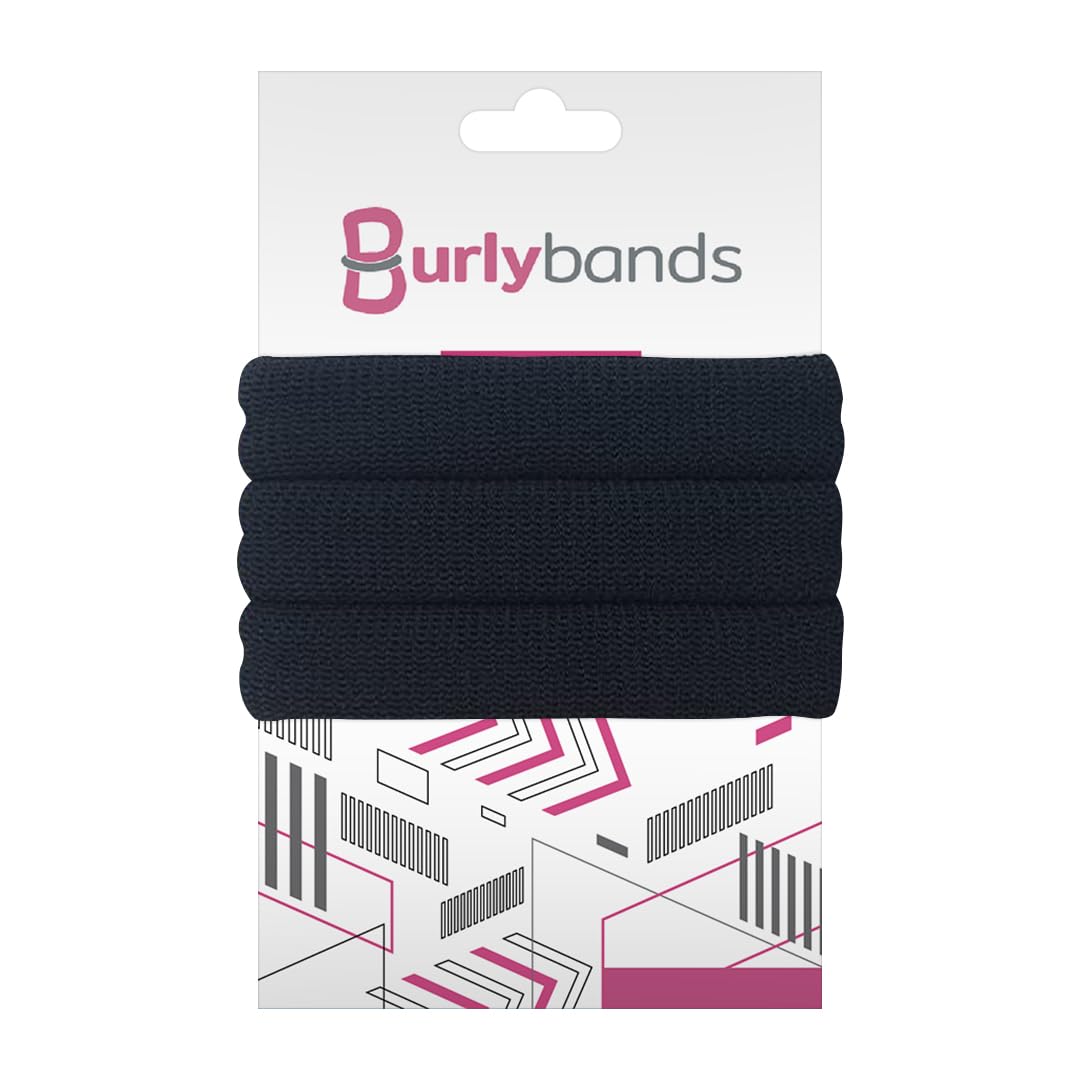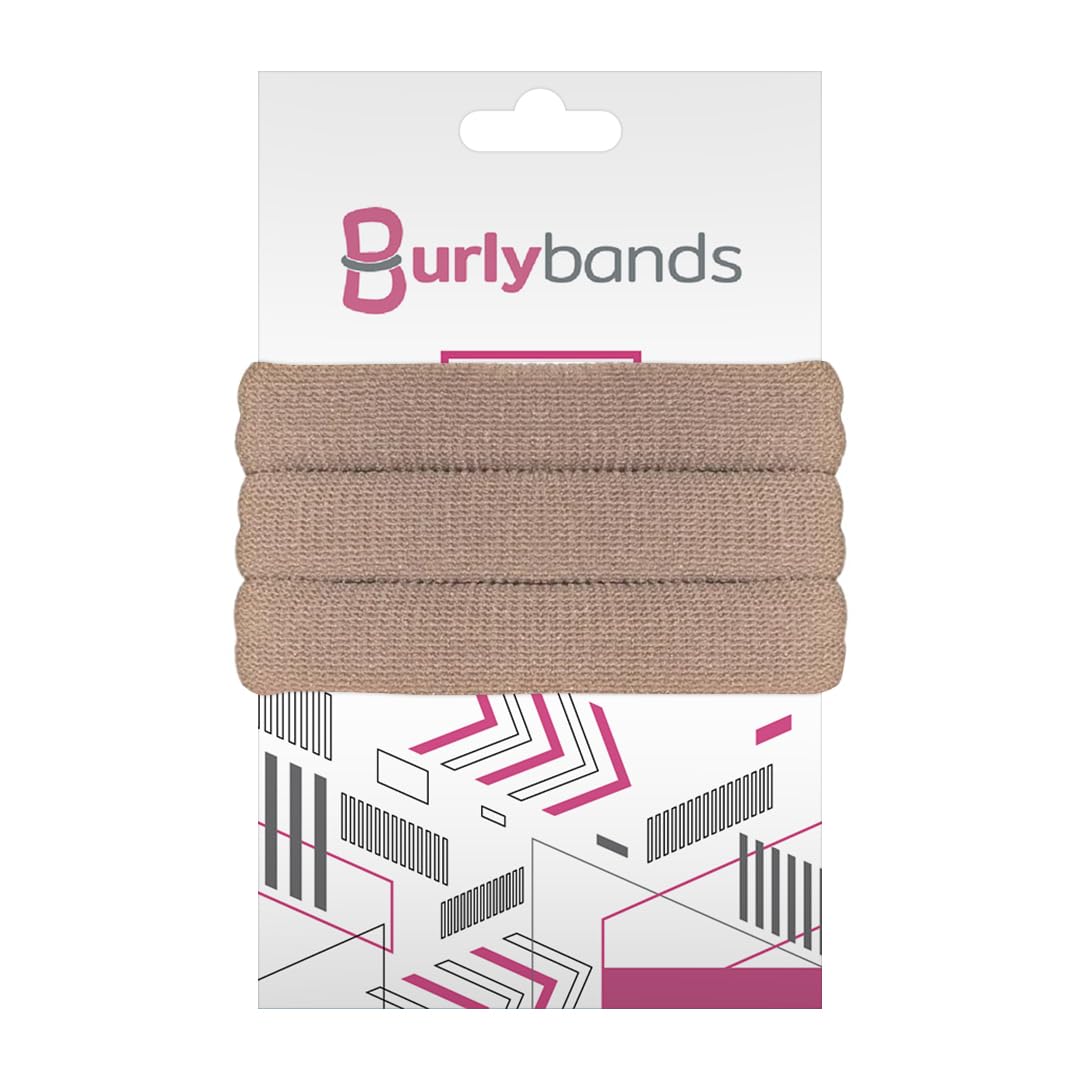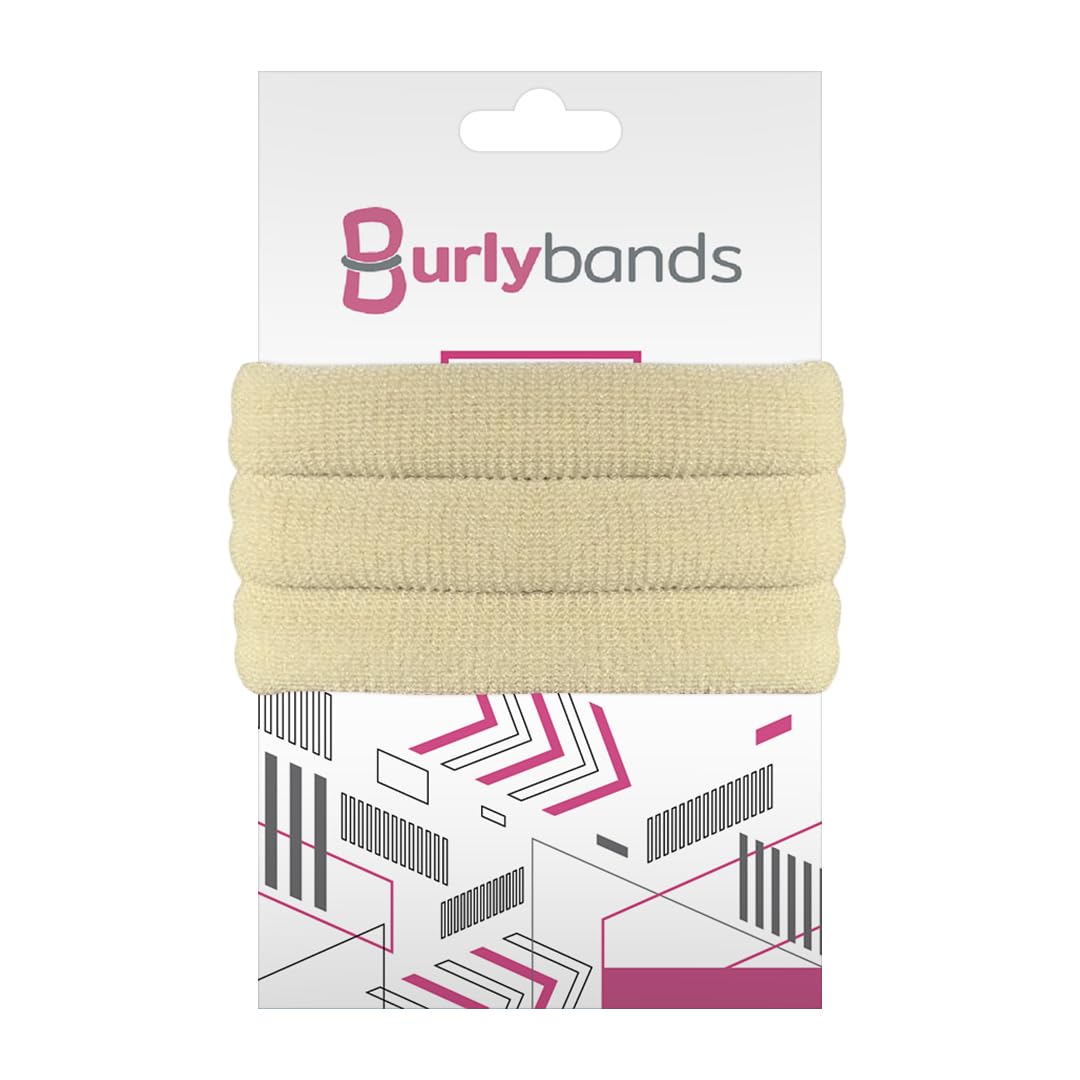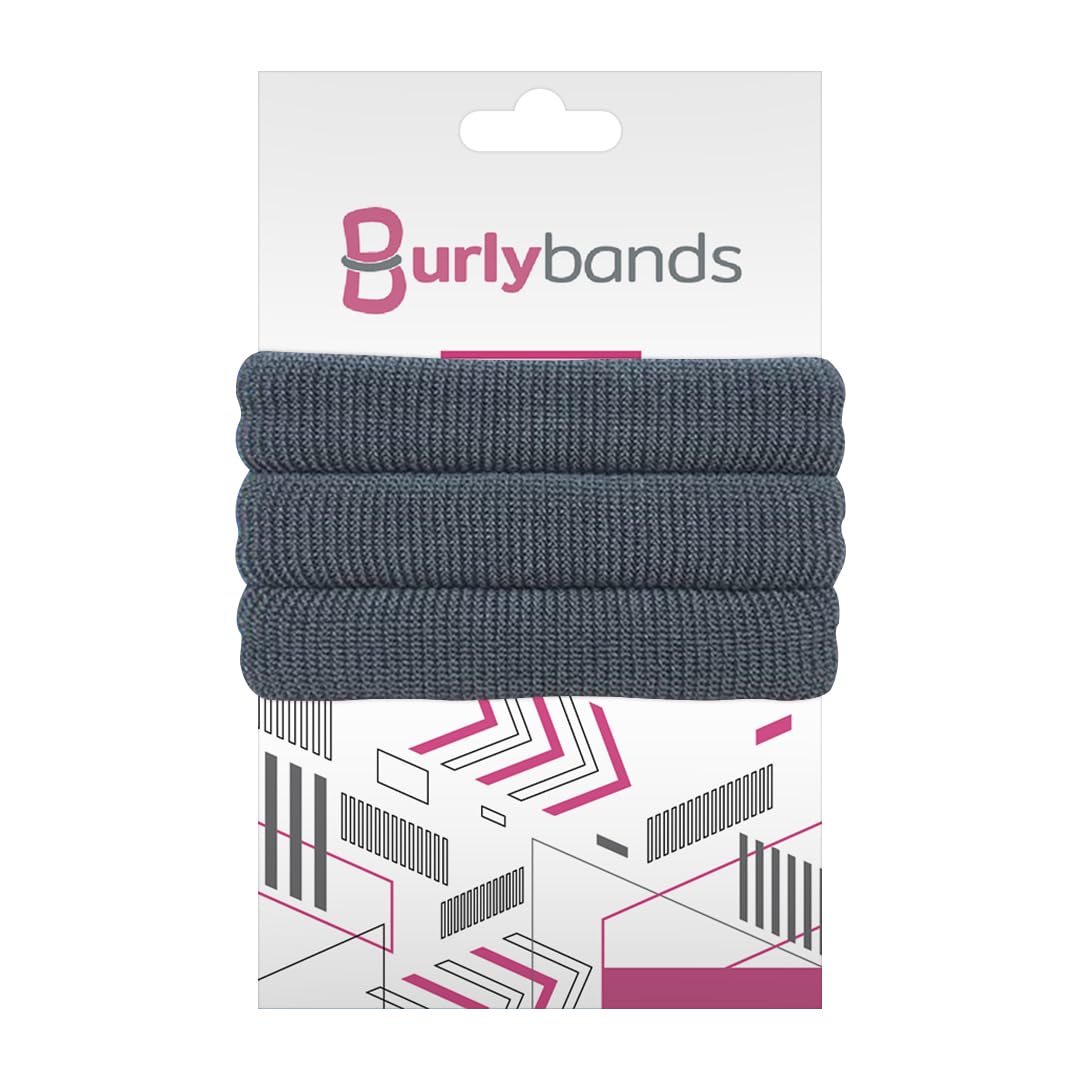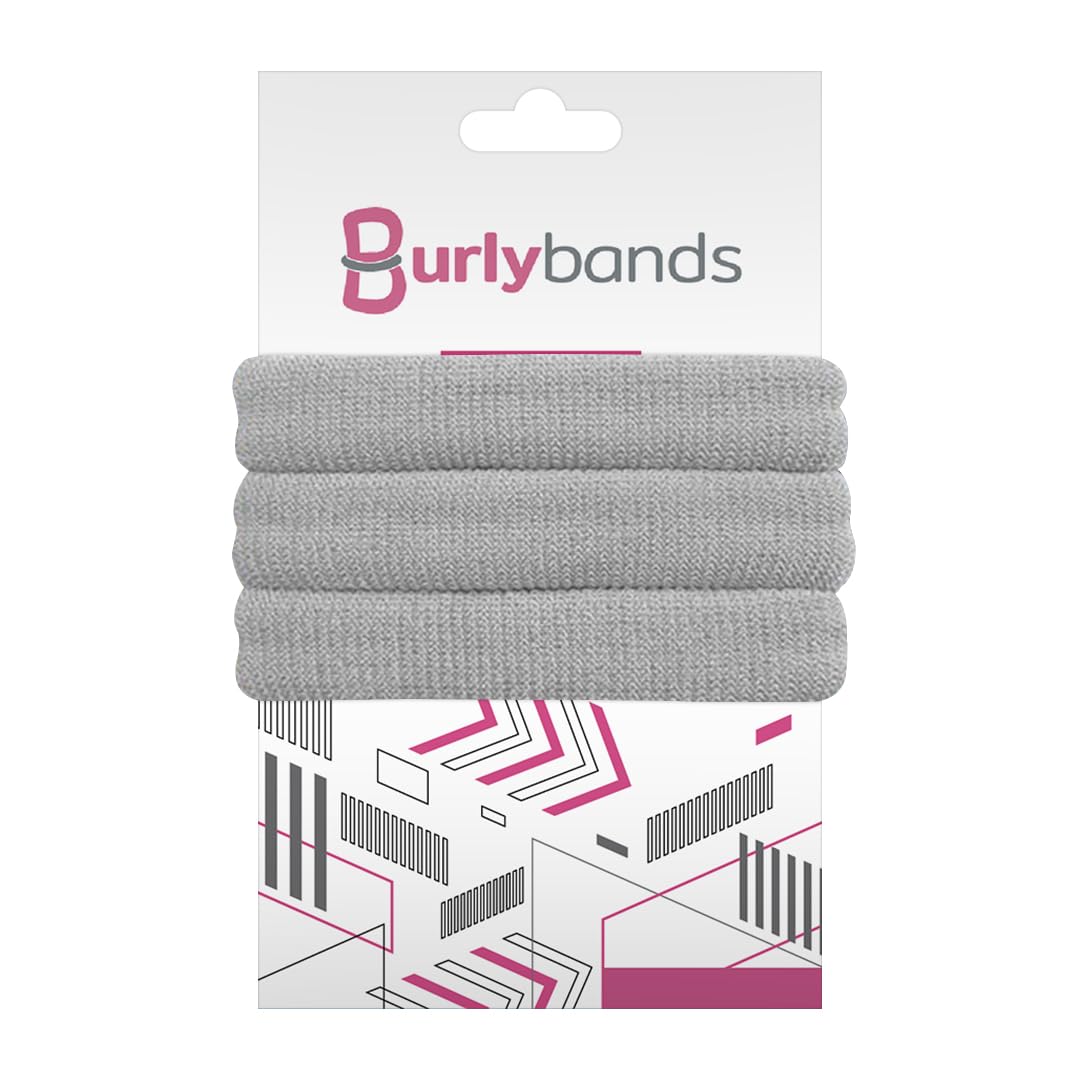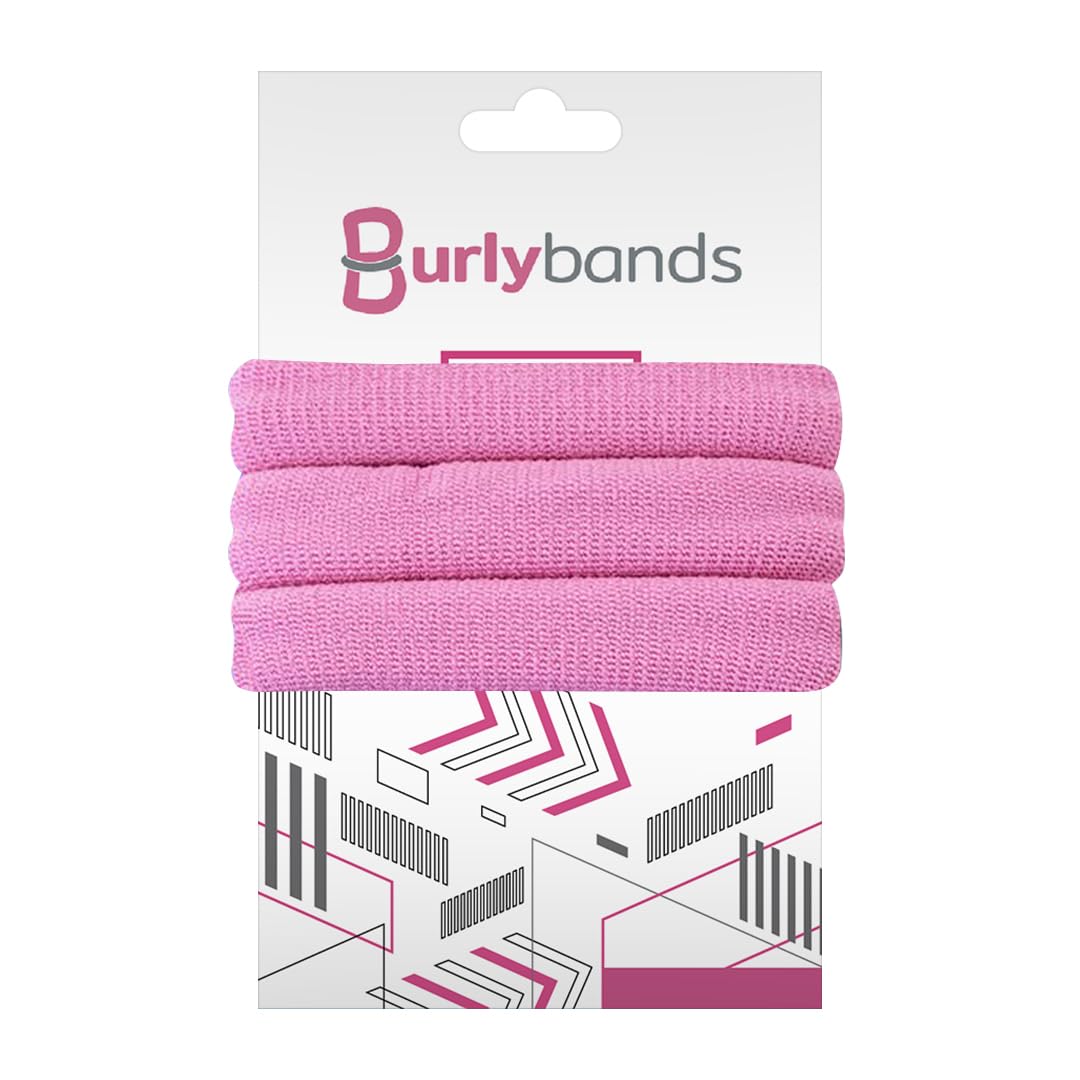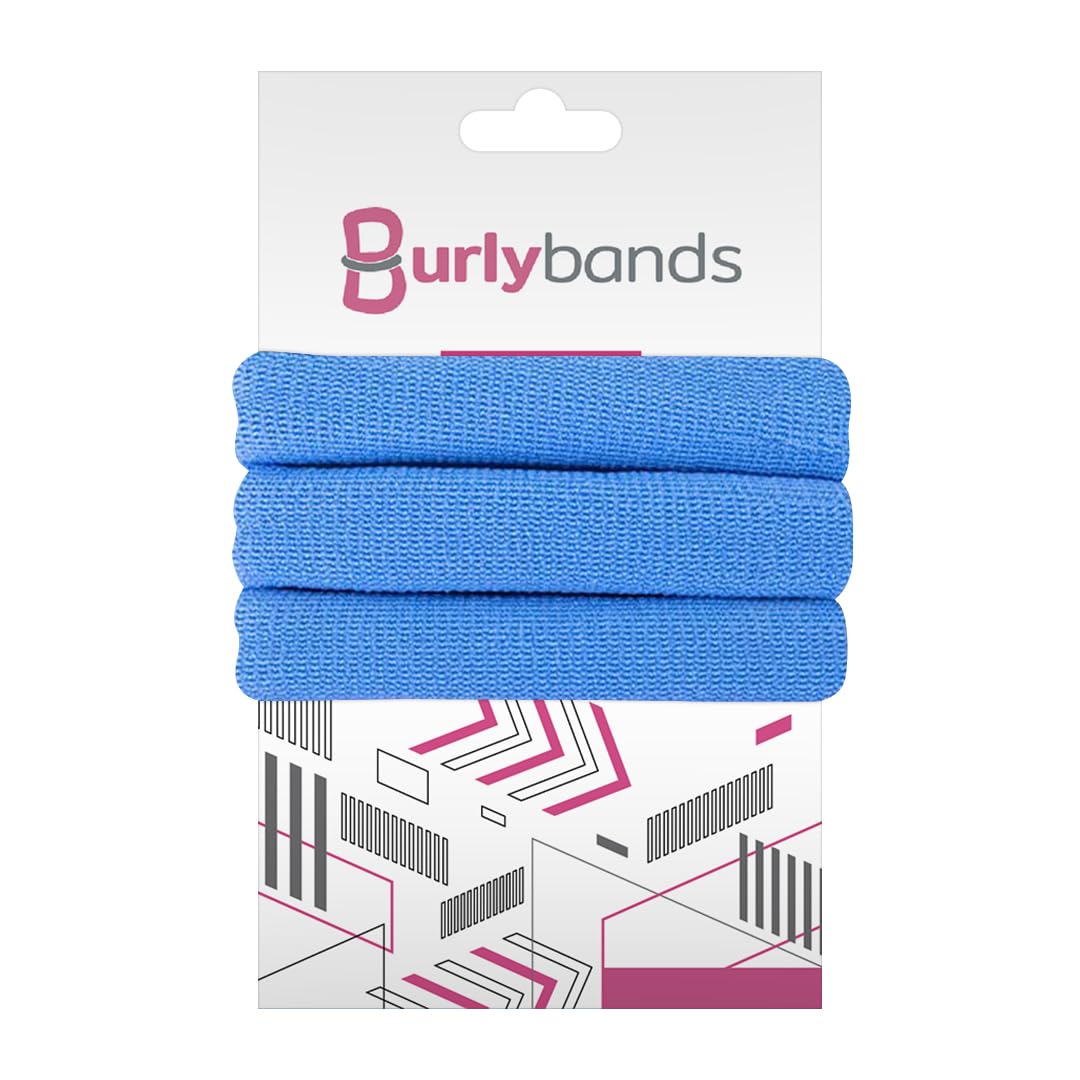We've all spent hours attempting to brush out those stubborn tangles in our hair in the bathroom. This not only causes hair breakage, but it can also be extremely painful. Taking good care of your hair whether you have straight or curly hair is the key to having long and healthy hair. So, to make your agony a little easier, we've created a list of the best detangling and knot-minimization tips.

Credit: Envato Elements/ YuriArcursPeopleImages
What Causes Tangles?
When two strands of hair wrap around each other and become entangled, a knot forms. When a couple of strands are tangled together, the knot can grow bigger and more difficult to undo.
Hair strands are shed every day as part of a healthy hair life cycle. It's easier for your hair to escape from your scalp if it's smooth and straight. Textured and damaged hair, on the other hand, isn't always smooth. This is due to the fact that the cuticles, or outside covering of the hair shaft, do not always lie flat. When these loose strands are freed from your scalp, instead of dropping away, they're more likely to get wrapped around other strands, forming knots.
Knots can also form when your hair rubs against certain surfaces, such as towels, sheets, or pillowcases. It's one of the reasons you can have bedhead tangles in your hair when you wake up.
Tips to Prevent Tangled Hair
1) Use Satin Pillowcases

Credit: Envato Elements/ wayhomestudioo
You may be chafing your hair follicles and causing knots in your hair as you shift your head around on a pillow. A satin pillowcase may aid in the softening of your hair while you sleep. You might also try sleeping with your hair wrapped in a satin turban or scarves.
Satin pillowcases and satin turbans or headscarves are available for purchase online. A silk pillowcase is so much better for your hair compared to a cotton pillowcase.
2) Make Use of a Wide-Toothed Comb

Credit: Envato Elements/ YuriArcursPeopleImages
Although it may be tempting to use a brush because it is 'quick,' using a wide-tooth comb (or a specific detangling brush) is a far superior idea, particularly when considering your hair's health. You'll not only get rid of tangles faster, but you'll also protect your hair from pulling and damage. Begin at the bottom of the knot and work your way up until it is entirely combed out.
3) Tie Up Your Hair

Credit: Envato Elements/ dotshock
Is hitting the gym the first thing you do in the morning? Then make sure your hair is tied back. Wear your hair in a braid, ponytail, or bun while playing sports, swimming, or simply exercising to avoid tangles. When you're finished, the less your hair moves and the less it becomes entangled from sweat, the easier it will be to brush through. To avoid hair breakage, remember to place your buns and ponytails in different places on your head.
If you're seeking a hair tie that is both damage-free and soft on your hair, Burlybands is the way to go. With the Burlybands hair tie, you can tie your hair up in a ponytail whether you're at the gym or doing housework without worrying about breakage.
4) Conditioner Should Be Combed Through Your Strands

Credit: Envato Elements/ svitlini
It may seem sensible to skip conditioner to save time, but trust us when we say that it could be the source of your severely tangled hair. That's why conditioner should be your new best buddy.
After rinsing off the shampoo, apply a generous amount of conditioner to your tresses every time you wash them. Comb through your hair with a wide-tooth comb once your strands have been thoroughly covered with conditioner—especially where your hair tends to grow knotted. Not only will combing your hair help to remove any leftover knots, but it will also aid in evenly distributing the conditioner. Deep conditioning or a leave-in conditioner can also be quite beneficial if you suffer from tangles.
5) Hot Tools Should Be Avoided

Credit: Envato Elements/ YuriArcursPeopleImages
Avoid wrapping, twisting, or rubbing your hair when drying it. Using a towel, gently squeeze it. Allow it to dry naturally if possible; giving your heat tools a break is always a good idea. Blow dryers and flat irons can dry out your hair, causing it to become brittle and prone to tangling. If you absolutely must have your hot tools, we recommend using them in a low to medium temperature setting and always applying a heat protectant before you style it.
6) Use Cold Water to Rinse Your Hair

Credit: Envato Elements/ YuriArcursPeopleImages
This one may seem intimidating, especially during the frigid winter months. However, your hair cuticles are open after a hot shower, resulting in frizz and tangling during drying. Before getting out of the shower, rinsing your hair with cold water will assist to seal the cuticles, shut them up, and ensure that they dry smoothly, preventing tangling. If you dare, try it next time!
7) Detangle Your Hair With a Hair Detangling Spray

Credit: Envato Elements/ Snoflinga
Detangling hair spray is well worth the investment. It helps to relieve the tension between the hair strands. It's also a quick fix if you're out and about and don't have much time. Detangling sprays can be used to wet or dry hair. They don't need to be rinsed. Shea butter is one of the ingredients in the sprays, which softens your hair and makes detangling easier. If you suffer from split ends, make sure to visit your hairstylist to get a regular trim every couple of weeks.
8) Do not Sleep With Wet Hair

Credit: Envato Elements/ valeriygoncharukphoto
If at all possible, avoid going to bed with wet hair. Hair is significantly more vulnerable to damage when it is moist. While your hair is drying, tossing and turning can cause frizz instead of a smooth hair shaft, which leads to tangles. If you must sleep with wet hair, comb it with a wide-toothed comb and braid or bun it first.
9) Make Use of Hair Oil

Credit: Be Beautiful
Hair oil, like conditioner, can be used to smooth and moisturize hair ends. You should avoid using hair oil at the root, but from the mid-shaft down, you can use light hair oil. When you get out of the shower in the morning, use some oil to coat the tips of your hair. The oil will assist in sealing in the conditioner while also smoothing and relaxing the ends of the hair, preventing tangles.
Oils aren't all made equal. Although coconut and olive oil are excellent for hair treatments, they are not recommended for daily usage because they can cause hair to become greasy. When looking for everyday hair oil, go for a thinner oil like argan.
10) Select the Appropriate Products

Credit: Envato Elements/ FabrikaPhoto
Although there is a long list of components to avoid when buying hair products, alcohol is the one you should avoid the most because it dries out your hair and makes it more prone to tangling. Instead, choose products that are natural, sulfate-free, and alcohol-free, or ones that are specifically created for knotted hair. Using hair masks can nourish your dry hair and gently detangle it without worrying about breakage. Make sure you use a weekly hair mask if you want to reap the benefits.

Summary
This is our opinion on how to detangle hair in the safest manner possible. We hope that by following our simple instructions for using conditioners, oils, and wide-toothed combs correctly, you will no longer be obsessed with tangled hair. Above all, don't forget to treat your hair with care.
 Log in
Log in


